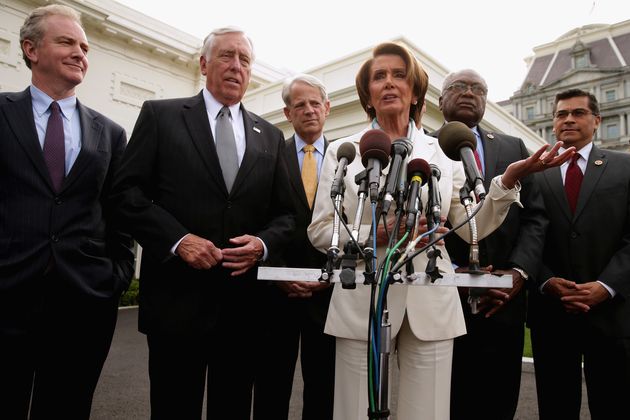The visibility of CEOs like IBM’s Ginni Rometty, General Motors’ Mary Barra andHewlett Packard’s Meg Whitman may give the impression that America’s largest companies are finally embracing female leadership.
But as a recent Fortune report reveals, that couldn’t be further from the truth.
Women comprise less than 7 percent of chief executives at Fortune 1000 companies ― America’s largest corporations based on revenue ― according to a recent survey conducted by sales analytics software company DiscoverOrg. “That means that for every [Rometty, Whitman, or Barra], there are a dozen male chief executives,” said Fortune.
Of the almost 10,000 C-level executives DiscoverOrg surveyed, just 18 percent were women. Only 6.7 percent of all chairs of the board, 7.2 percent of chief operating officers and 8.8 percent of chief financial officers were women.
Women are well-represented in two C-level positions, however: They make up almost half of chief marketing officers and more than 60 percent of chief human resources officers, according to the survey.
“You sort of wonder if women are being pigeonholed,” DiscoverOrg’s co-founder, Henry Schuck, told Fortune.

The gender leadership gap is not limited to Fortune 1000 companies. According to a recent American Association of University Women study, women remain “underrepresented at all levels of leadership” in the U.S., from the realms of politics to education.
Women make up only 1 in 5 members of the U.S. Congress, the study said. As of 2012, only 26 percent of colleges and universities were headed by women.
Women of color hold even fewer leadership positions. Last year, less than 3 percent of board directors at Fortune 500 companies were Asian, black or Hispanic women.
“To achieve gender parity, we need women willing and able to take up leadership positions. We need men willing and able to take on more domestic responsibilities so that more women have the opportunity to pursue demanding fields,” the AAUW wrote in its report. “We need employers to embrace a more flexible workplace, allowing women and men to move in and out of the workforce as they balance careers, family, and personal goals. In essence, we all need to intentionally engage in making diversity and inclusion work on a daily basis.”


